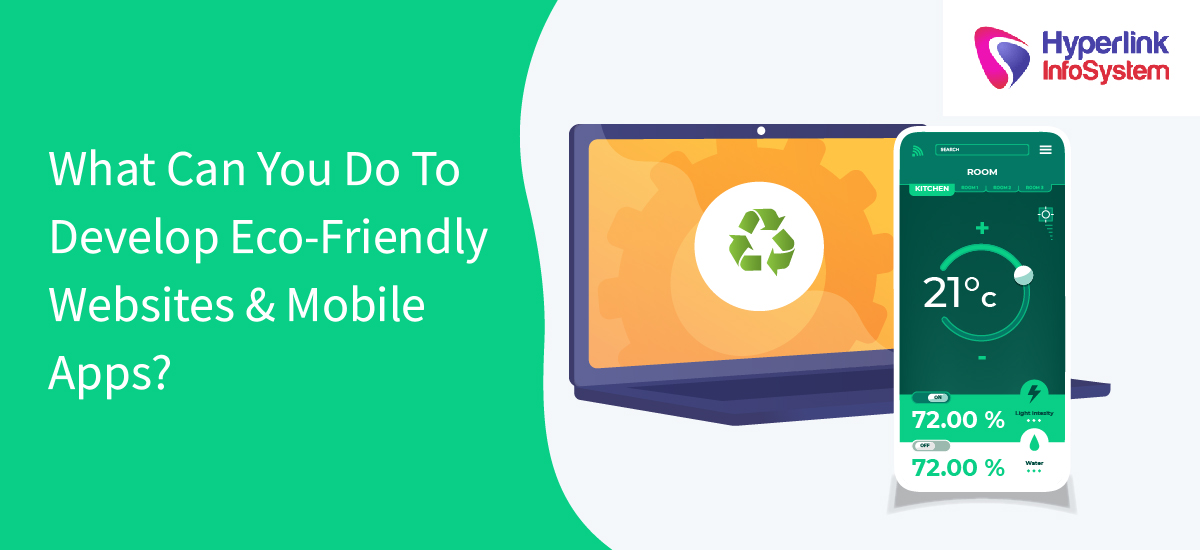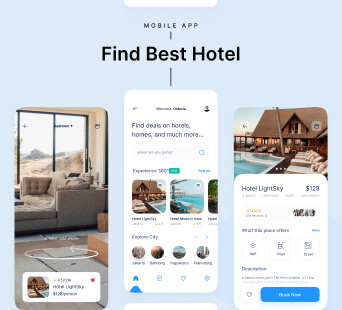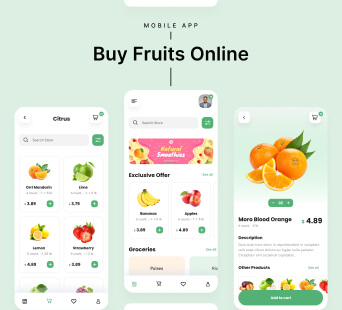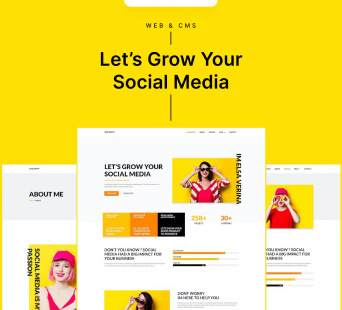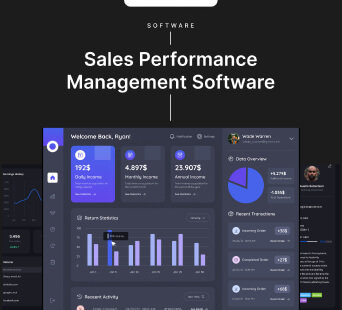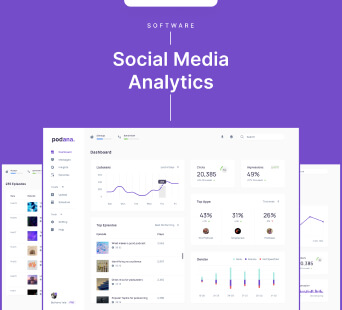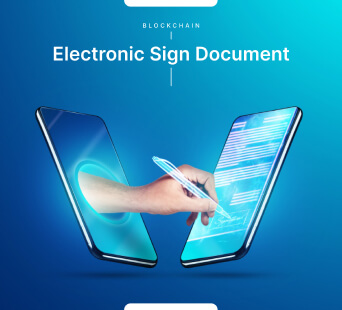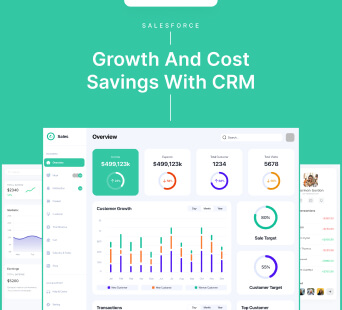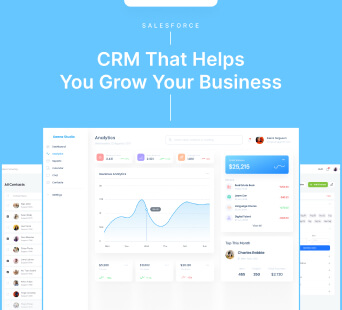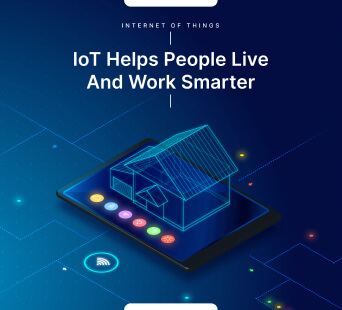These are those crucial times when our planet calls for our attention because we have polluted it inside out. Not only hardware technology but the software is also liable to conserve energy and infuse sustainable practices to save our planet Earth. Now, you will say that eco-friendly design might seem like an old practice that lived a short buzz, but if you take a close look, you will see several designers incorporating these techniques for quite a time. The more efficient solutions you create, the better planet we will leave for our posterity. So, to all the developers out there, the planet is ours, yours, and everyone else's; let's preserve it!
Sustainable practices are essential in every day and age, no matter what. And everyone, including the web and app designers, plays a role in saving our planet Earth. Therefore, this blog will throw a light on a few damaging aspects that can cause serious harm to the planet. At the same time, it will mention some incredible ways in which you can save it as well.
How Do Web And App Creation Lead To Damaging Our Planet?
- The traffic of people visiting your website keeps growing, which leads to more energy consumption through their gadgets (Smartphones, laptops, etc.). The number of internet users is growing each year, as per Statista.
- The website needs more server energy to process all the transmitted data as the overall size of websites is erupting.
- Users are investing more time online, given the convenience of accessing the web. This adds up to more energy consumption & server usage.
Therefore, the more data the servers have to process, & the more time users invest online, the more detrimental it is for our planet. Incorporating sustainable practices can help prevent carbon footprint.
How To Build Eco-friendly Mobile Apps And Websites?
Create Minimal Interfaces
It's essential to design minimally if you are aiming to develop eco-friendly apps or websites. For apps, always begin by creating an MVP. This will hold you from adding bloated or data-hungry features unless it's required. For websites, learn mobile-first design. The smaller screen space naturally motivates minimal designs.
Streamline Navigation
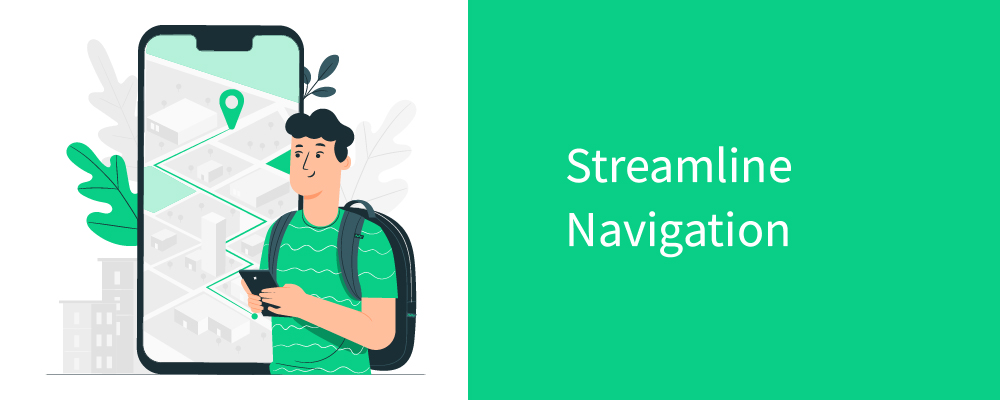
When designing an app or website, develop a simple & intuitive navigation bar in terms of wording & design. It should be easy for visitors to visit your app or website and know precisely how to reach where they want to be. A search bar can come in handy.
Secondly, keep the design user-centric. Remember to keep the user in mind and create a clear roadmap to their desired destination; they will be in & out of your solution within no time.
Use Caching & Other Data Processing Optimizations
Several things will drag down your website's or app's performance, compelling users to stick around and wait while the server struggles to process data. However, optimizing your assets isn't an arduous task. Below are some ways to enable your server to work more efficiently and make your website run quicker.
- Apply caching at each level: surf, page, server, database, etc.
- Use a CDN.
- Blend and minify your code.
- Use CSS sprites.
- Apply Gzip compression.
Use A Green Web Hosting
This is an opportunity to present yourself as the most eco-friendly designer or developer by hosting your client's website or app on the right note. There are several green web hosts, which might come to you as a surprise. According to The Green Foundation research, there are over 500 green hosting companies worldwide. For instance, Ecograder is a free tool that evaluates the eco-friendliness of websites. It will assess and suggest the grade related to your web hosting.
Be Cautious With Audio & Video
Pictures are not the only data hogs. Flash was a famous feature years ago and ate lots of data on websites. Fortunately, now we have CSS3 & HTML5 to render similar functionality so much efficiently.
Modern videos can cause problems. Below are things to remember while including video on your site:
- Save videos as MP4 for everyone and leverage small file sizes but good quality videos.
- Save videos as WebM and enable browsers that accept the file format to showcase videos more efficiently to visitors.
- Embed the videos from 3rd-party video storage & streaming platforms.
Write Top-notch Metadata Or Search Listings
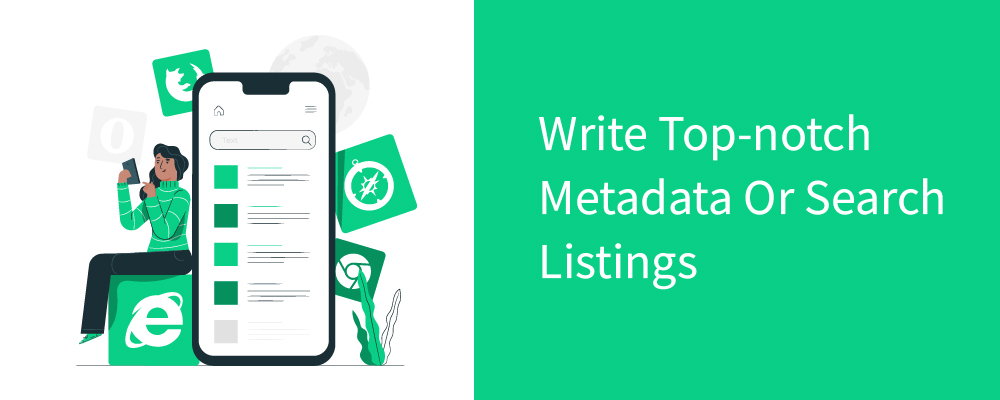
You might not be directly responsible for this, but you can certainly incorporate this with your team.
The logic behind this:
- You develop a superior quality app or website.
- You want users to find a solution in mobile app stores or Google's search engines.
- Metadata is written to help users find relevant websites that match their queries.
- More effective data will help you find the right people easily, meaning fewer data consumed by the wrong people.
- Descriptive app search listings help users seek apps worth downloading and using.
Be Careful With Images
Below are some image optimization tips for your website or the mobile app:
- Use lazy loading so that your server does not waste time processing pictures visitors will never see.
- Compress all pictures before uploading them to your server.
- Store pictures in WebP so that the browsers that accept the photo format will efficiently deliver them to your users.
- Resize pictures to the maximum pixel width of your users' screens. Anything beyond that is just a waste.
Final Words
There are several reasons for developing eco-friendly mobile apps and websites. They are:
- Being able to present yourself as a green designer will give you a competitive advantage.
- You will help clients connect with gen z and millennials, those who are quickly growing in numbers and are supporting brands that do good for society.
- It's indeed good for Mother Earth.
These reasons above are going to make you a better developer and build better. Adding sustainability to your design and development process will help you contribute to society as well.
